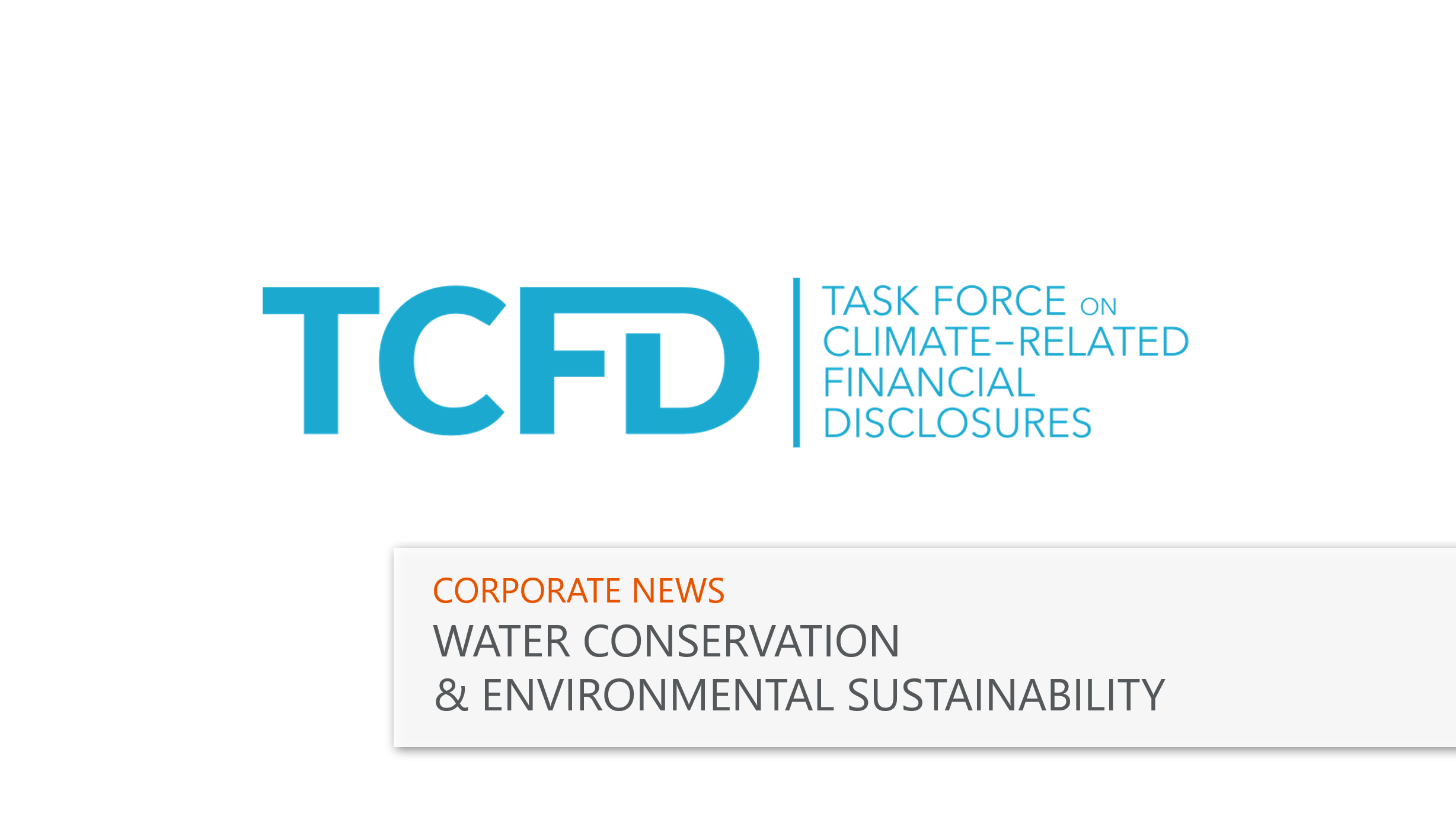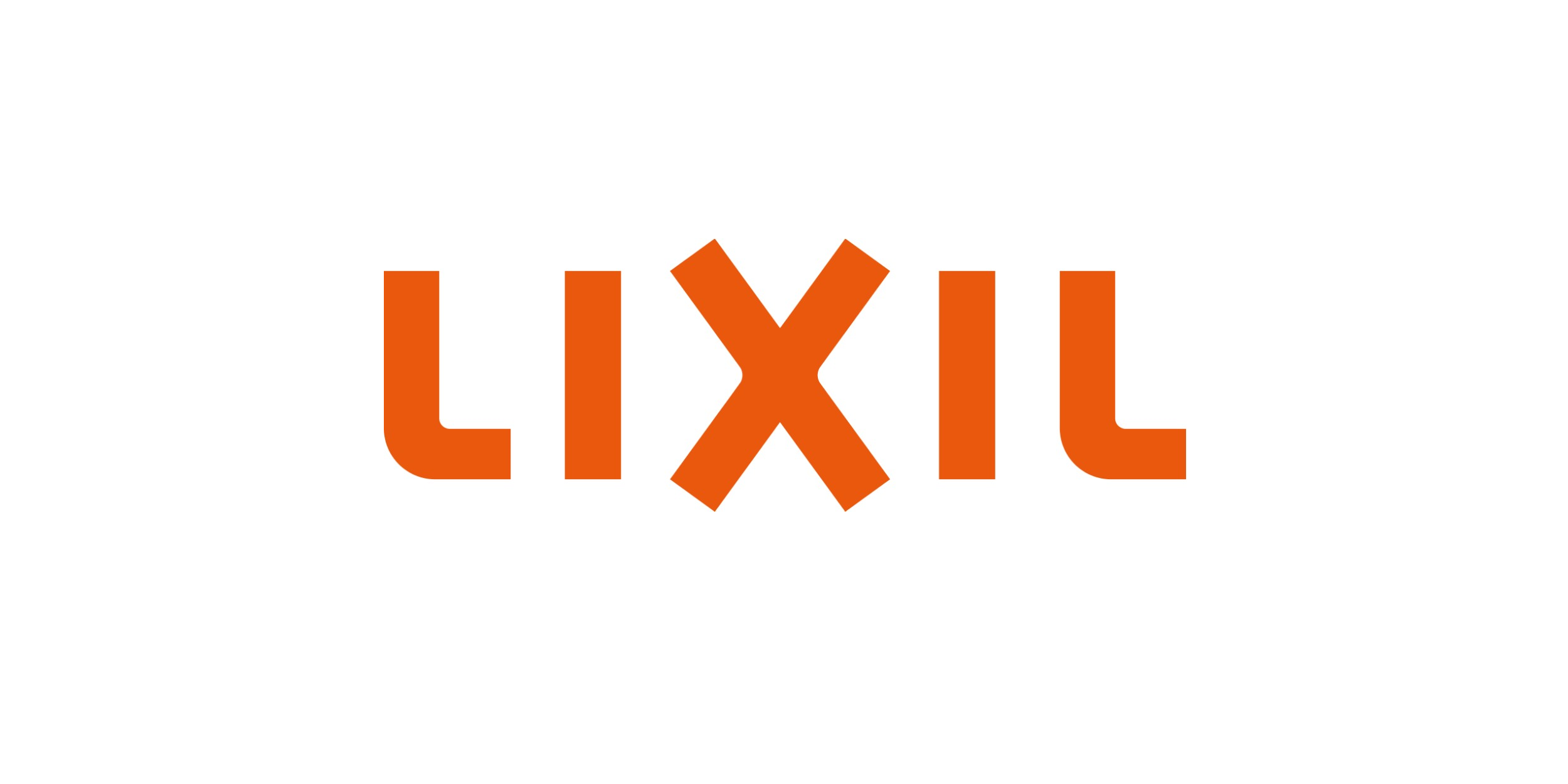LIXIL Sharpens CO2 Mid-term Targets in Roadmap to Climate Neutrality

LIXIL Corporation (“LIXIL”, TSE Code: 5938), maker of pioneering water and housing products, is setting itself more ambitious goals on its journey to achieve net-zero emissions. The company’s Environmental Vision, "Zero Carbon and Circular Living," encompasses its commitment to achieve net-zero carbon emissions from its operations, products and services by 2050.
Based on LIXIL’s recent progress to more aggressively reduce its overall energy consumption and increase its use of green energy, the company is significantly raising its mid-term CO2 reductions targets, planning to reduce Scope 1 and 2*1 emissions by 50% and Scope 3*2 emissions by 30% by FYE2031 from FYE2019 levels. The new mid-term targets outlined in its Environmental Vision will be consistent with the Science Based Targets initiative’s (SBTi) Business Ambition campaign to cap global temperature increase at 1.5ºC. LIXIL plans to renew its SBT validation for these targets. *3
Uchu Mukai, Leader of Technology and Innovation and Chair of the Environmental Strategy Committee LIXIL, explained: “We are pleased to announce our sharpened mid-term targets for reductions in greenhouse gas emissions. Our purpose of making better homes a reality for everyone, everywhere also means creating a sustainable home. By shifting to renewable energy sources in our production processes all over the world, innovating products that contribute to energy-savings for end users, and promoting the shift to a circular society by using recycled materials, we are making steady progress towards achieving our Environmental Vision 2050.”
In order to meet its more ambitious CO2 reduction targets, LIXIL will intensify efforts to faster drive down energy consumption in all its global operations, year on year. Such initiatives include improving the efficiency of air conditioning and highly energy-intensive processes, and reducing the amount of fossil fuel and energy uses. LIXIL will also switch to green energy in all LIXIL Fittings plants and other facilities across different regions, and expand the use of solar energy systems in its plants. Further, LIXIL will continue to work with its suppliers to reduce CO2 emissions and promote the use of lower-carbon raw materials and components.
In line with its disclosure for Task Force on Climate-related Financial Disclosures (TCFD) recommendations, LIXIL provided the following overview today for four key categories, addressing Governance, Strategy, Risk Management, and Metrics and Targets. This framework formulates how LIXIL manages climate-related risks and opportunities. The TCFD disclosure shows how the actual and potential impacts of climate-related risks and opportunities on LIXIL’s business are assessed, and how LIXIL identifies, assesses, and manages climate-related risks if they are considered to be material.
Decarbonization, as part of the TCFD disclosure, will require a rapid shift toward high-performance, energy-efficient homes, resulting in new business opportunities. Therefore, the sales ratio of high-performance windows for detached houses, and water and energy-saving faucets and toilets, are set as metrics to assess climate-related opportunities, in addition to actions to reduce Scope 1-3. Set for LIXIL’s Japanese business as a priority, these targets will allow LIXIL to expand its lineup of eco-conscious products that help reduce energy and water use in homes and buildings, thereby future-proofing the growth of the business.
Further information and the full TCFD disclosure can be found here.
-End-
*1 Scope 1, 2 : Direct or indirect GHG emissions from using electricity, heat and steam
*2 Scope 3: All indirect GHG emission that occur in the value chain of the company including procurement and end use. In the FY2030 target, emissions from indirectly consumed energy such as hot water energy are excluded in the use of products.
*3 Target of Scope 3 is based on well-below 2 degrees level of SBT



